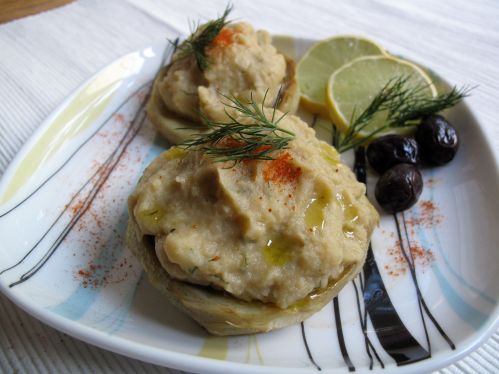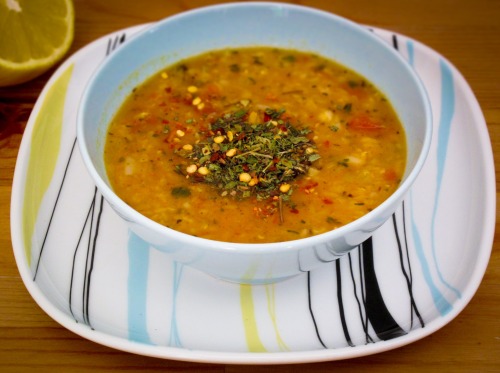Probably one of the most classical summer salad at Turkish homes is the Çoban Salad (Pronounced as Choban and means Shepherd’s Salad). There are lots of varieties in the US, under many different names: Mediterranean Salad, Greek Salad etc. The main idea is the same though, this is a refreshing summer salad that you can serve almost with anything.
The recipe is basically mixture of summer fruits. 🙂 Ok, I won’t go into the detail of a famous debate, whether tomatoes and cucumbers are fruit. Because they are technically fruits! There, end of the debate. 😉
If you don’t care about the taxonomy, you can enjoy this with grilled meats, as an appetizer or even as a main course. Feel free to play around with the recipe, and customize. Any kind of tomatoes as long as they are flavorful would work. Choose your chillies according to your spice endurance, they can be mild or hot, its up to you. Another crucial ingredient is a good quality olive oil, do not substitute it with any other oil and try to use a cold pressed extra virgin olive oil if possible.









